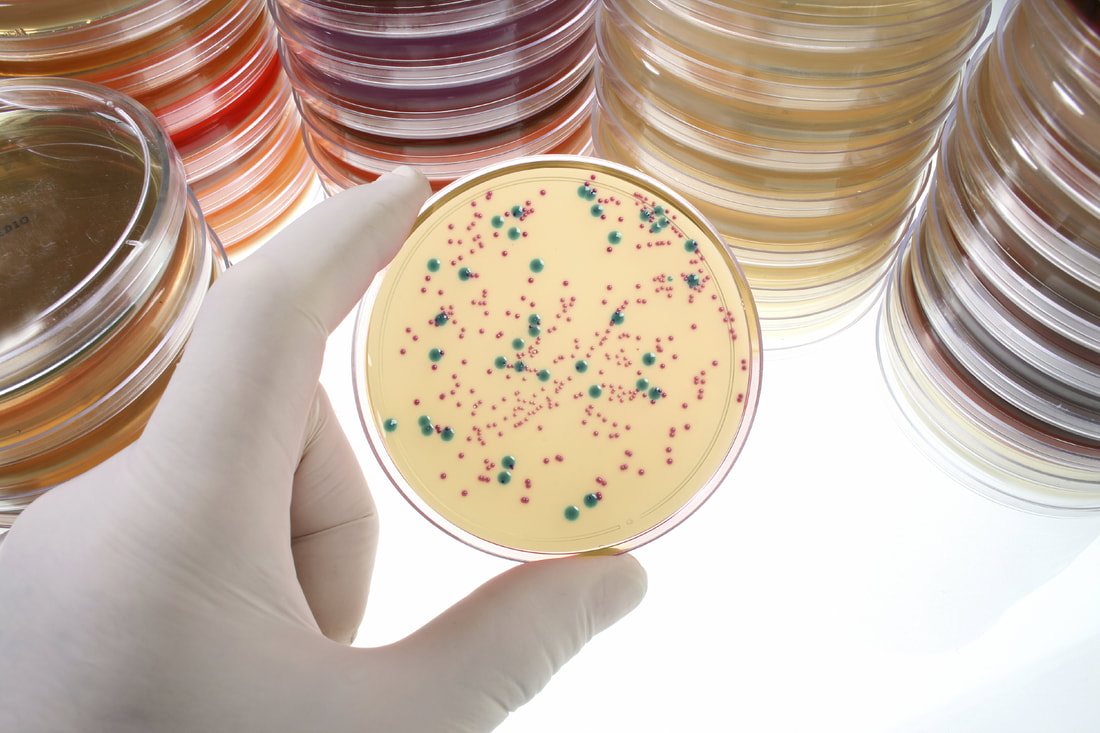In addition to growth rates, cell yield must be considered when thinking about wastewater treatment. A commonly cited yield is 0.5 g biomass per 1 gram influent soluble BOD5. While the 0.5 g/g BOD5 may be more uniform across systems than individual microbial growth rates, you do see variation in cell yields. Systems with lower F/M will have lower cell yields from endogenous respiration - where microbial growth slows, cells lyse, and cell maintenance requires a larger portion of available energy (food). Another important fact is the makeup of influent BOD5, COD, or TOC (whichever is used). Remember that these are a proxy measurement standing in for multiple compounds in any given influent. Some compounds require more energy to degrade or make biologically available. In this case, cell yield and growth rates are lower.
So what does this mean for operating a wastewater treatment system? To determine true growth and yield rates, you need to carefully measure influent, effluent, and perform a mass balance. Don't just run at one point in time. With good monitoring and use of spreadsheets, we can look at time series trends and moving averages that gives better indications for growth and yield.





 RSS Feed
RSS Feed